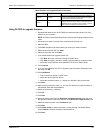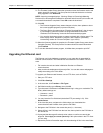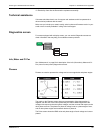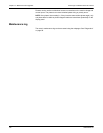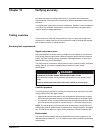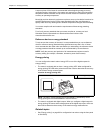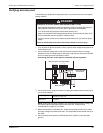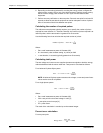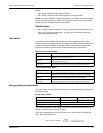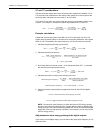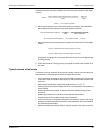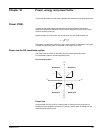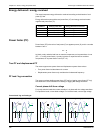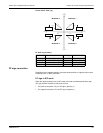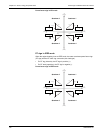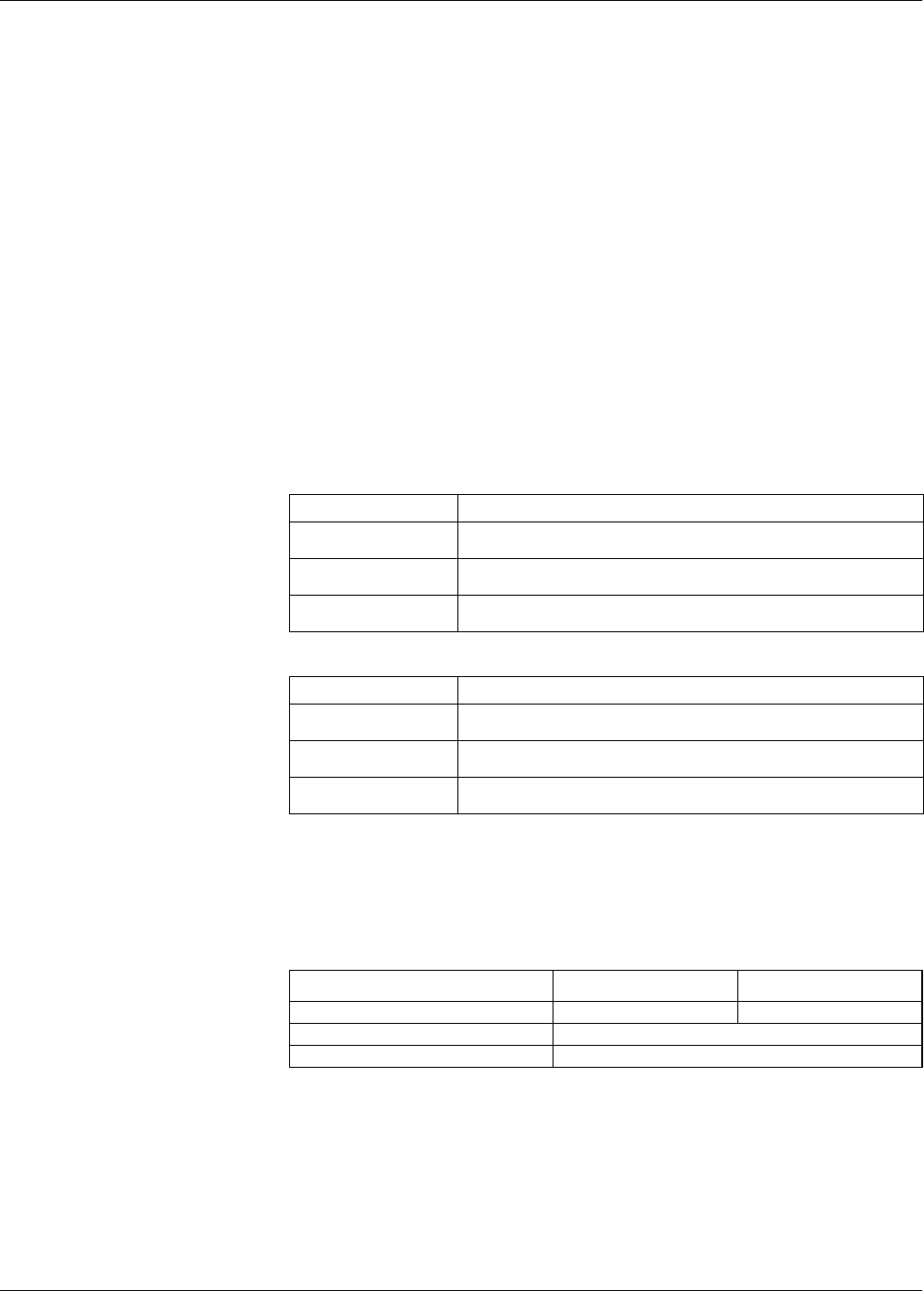
PowerLogic™ PM5500 series user manual Chapter 15—Verifying accuracy
HRB1684301-01 131
Where:
• EM = energy measured by the meter under test
• ES = energy measured by the reference device or energy standard.
NOTE: If accuracy verification reveals inaccuracies in your meter, they may be caused
by typical sources of test errors. If there are no sources of test errors present, please
contact your local Schneider Electric representative.
Related topics
• See “Typical sources of test errors” on page 133 for possible causes of test errors.
• See “Power, energy and power factor” on page 135 for information on how the
meter calculates power factor.
Test points
The meter should be tested at full and light loads and at lagging (inductive) power
factors to help ensure testing over the entire range of the meter. The test amperage and
voltage input rating are labeled on the meter. Refer to the installation sheet or data
sheet for your meter’s nominal current, voltage and frequency specifications.
Energy pulsing considerations
The meter’s alarm / energy LED and digital outputs are capable of energy pulsing within
the following limits:
The pulse rate depends on the voltage, current and PF of the input signal source, the
number of phases, and the VT and CT ratios.
If Ptot is the instantaneous power (in kW) and K is the pulse constant (in pulses per
kWh), then the pulse period is:
Watt-hour test points example
Watt-hour test point Sample accuracy verification test point
Full load
100% to 200% of the nominal current, 100% of the nominal voltage and nominal
frequency at unity power factor or one (1).
Light load
10% of the nominal current, 100% of the nominal voltage and nominal frequency
at unity power factor or one (1).
Inductive load (lagging
power factor)
100% of the nominal current, 100% of the nominal voltage and nominal frequency
at 0.50 lagging power factor (current lagging voltage by 60° phase angle).
Var-hour test points example
Var-hour test point Sample accuracy verification test point
Full load
100% to 200% of the nominal current, 100% of the nominal voltage and nominal
frequency at zero power factor (current lagging voltage by 90° phase angle).
Light load
10% of the nominal current, 100% of the nominal voltage and nominal frequency
at zero power factor (current lagging voltage by 90° phase angle).
Inductive load (lagging
power factor)
100% of the nominal current, 100% of the nominal voltage and nominal frequency
at 0.87 lagging power factor (current lagging voltage by 30° phase angle).
Energy pulsing limits
Description Alarm / energy LED Digital output
Maximum pulse frequency 2.5 kHz 25 Hz
Minimum pulse constant 1 pulse per kWh
Maximum pulse constant 9,999,999 pulses per kWh
Pulse period (in seconds)
3600
K Ptot
--------------------
1
Pulse frequency (Hz)
---------------------------------------------------==



